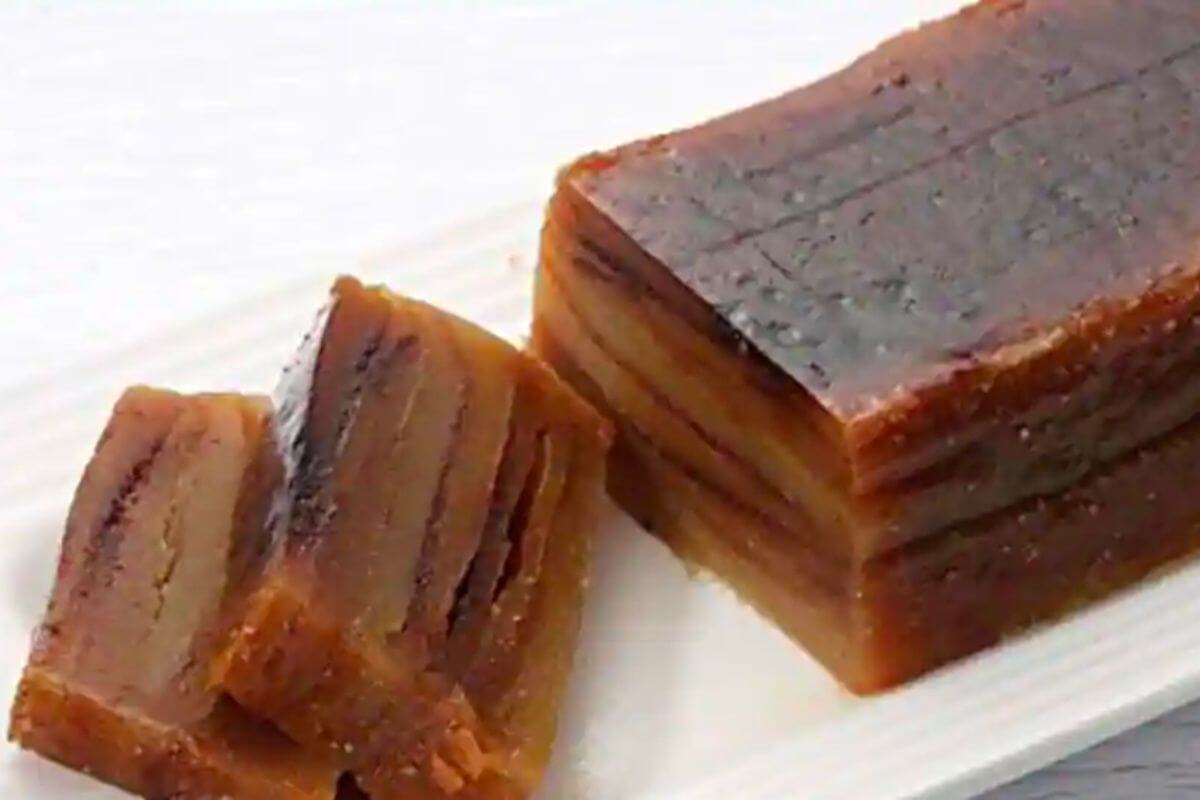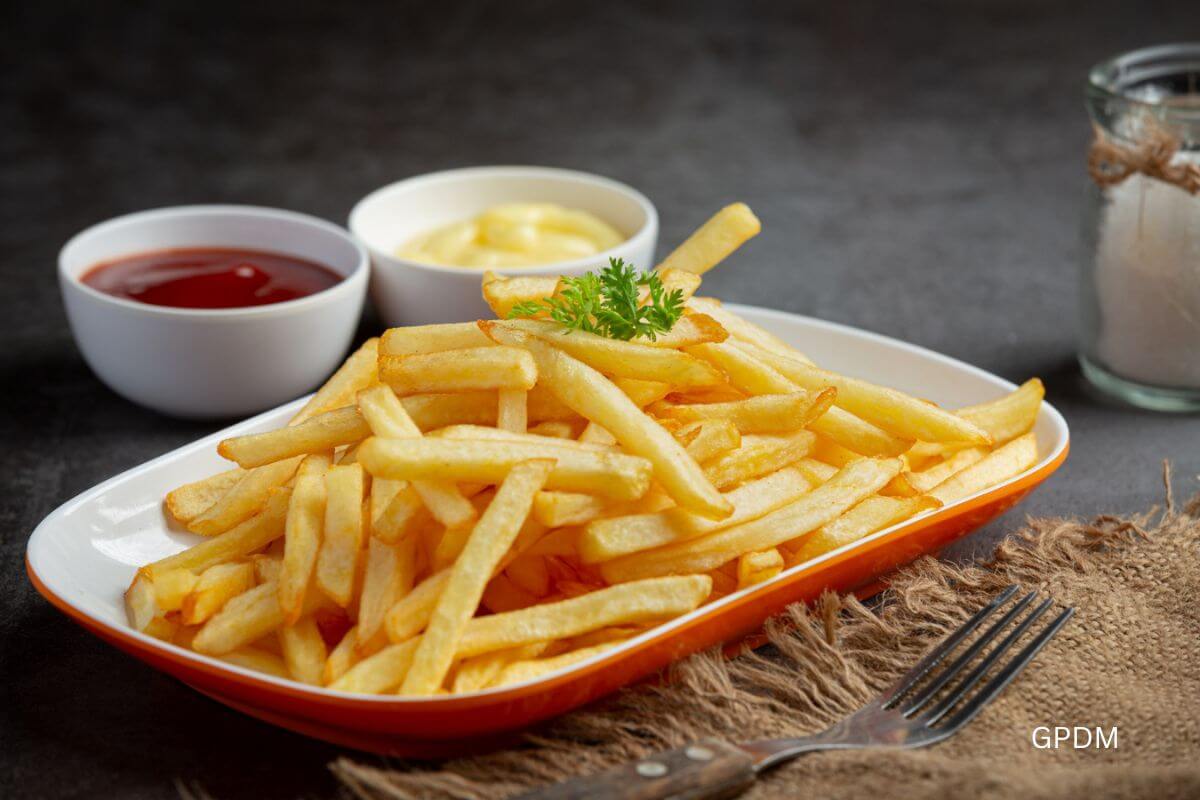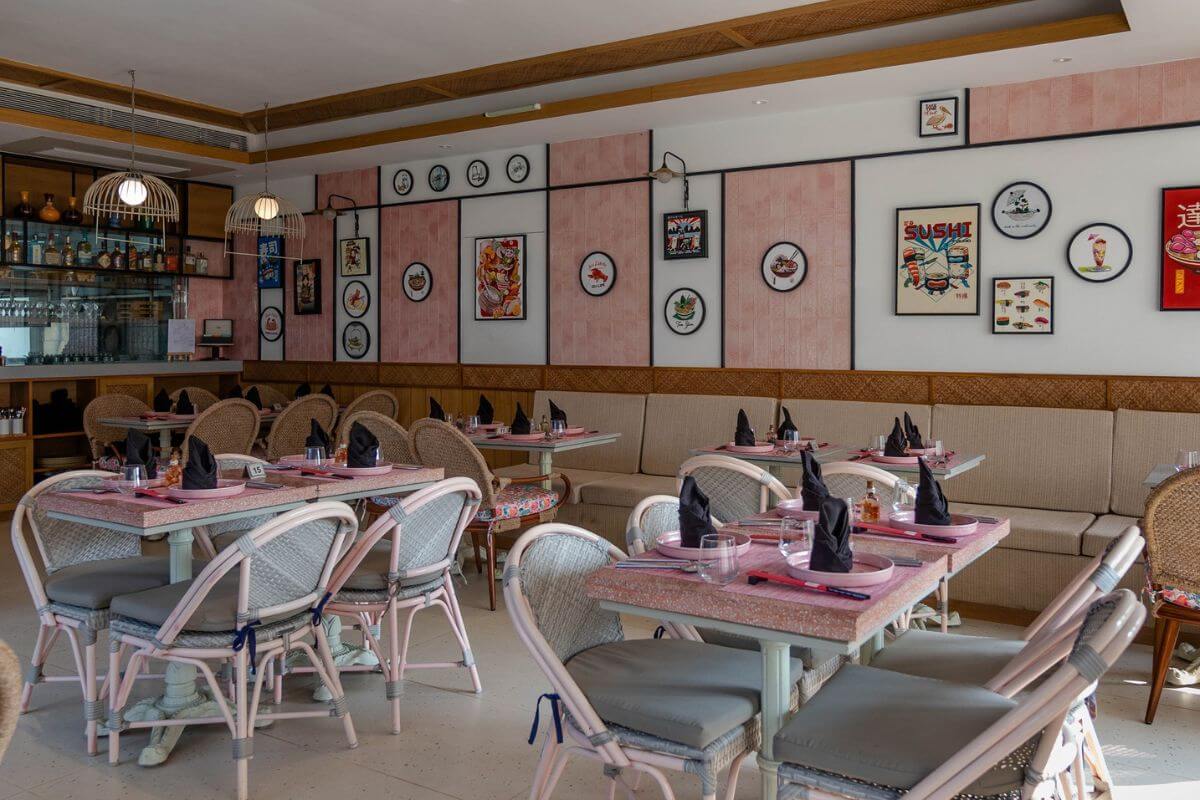The authenticity of Goa is Incomplete without remembering its vintage aspects. The Portuguese-influenced architecture, the time-honoured rituals, and the people with welcoming hearts. Goan Cuisine is one of the blessings of its history.
After any meal, our eyes roll at that one section of the Menu card which is the Desserts. Exactly like the other food Items Goa has a lot to offer with its dessert assortments. One of them is the Queen of all Others “Bebinca”. Let’s have a quick read at why Bebinca has such a huge fan base and is known as a “Must-Try Dessert” when in Goa.
Traditionally decorated
Falling for Bebinca as a dessert is like love at first sight because Bebinca is Rich with Looks and it does wonders inside your mouth. Apart from its magical taste, Bebinca has its own unique tale of its origin.
It was first invented by a Portuguese nun called Bebiana in the 17th century at the holy place of the Convent of Santa Monica in Old Goa. Nun Bebiana was the first woman to try something using Egg-yolk as egg yolk was considered a waste and thrown away. The cake is basically made with thin pancakes kept in such order as to form a tower of seven layers. It stands out of all the dessert options because of its Zero-waste baking style. As we can see, most of the baked items are made out of the egg-whites but here the Egg-yolk takes half of the credit. Bebinca is also known as a Portuguese Delicacy.
It is also said that Nun Bebiana baked this cake to symbolise the seven Hills of Lisbon and the Old City of Goa.
The Bebinca Dessert has been perfectly preserved by the chiefs even today. But everything has to be decorated with some Updates so there are some versions created, which have a Buttery flavour and caramelised notes.
Recipe of Beninca
There are many versions of making Bebinca. But we believe the old is best and here’s a traditional Bebinca recipe.
Ingredients
- 250 ml thick coconut milk (the first extract of coconut milk)
- 6 egg yolks
- 175 gm refined flour
- 1/2 cup ghee at room temperature (clarified butter) + 1 tbsp ghee for
Bebinca batter
- 200 gm sugar or as required
- 1 tsp nutmeg powder
- 1 tsp cardamom powder
- 1 tbsp vanilla essence (optional)
- A pinch of salt
Preparation
- Preheat the oven to 180°C exactly 15 before baking. Grease a round tin or loaf pan with 2 tbsp ghee.
- Take a mixing vessel, combine coconut milk and sugar. With the help of an electric beater, beat until sugar dissolves.
- Add one egg yolk at a time and beat until they all mix nicely.
- 2Now add flour, 1 tbsp ghee and salt. Beat all nicely.
- Pour 1/2 cup of batter and bake for 25 minutes.
- Now stretch some ghee over it with the help of a brush. Drizzle little cardamom powder and vanilla essence.
- Bake again for 15 minutes. Again spread ghee, cardamom powder and vanilla essence.
- Continue greasing and baking with 1/2 cup batter until all batter is over. Bake each layer for 15 minutes.
- For the last batter, spread ghee, sprinkle cardamom, nutmeg and vanilla essence. Bake the last layer for 20 – 22 minutes.
- Allow cooling completely moulded the pan by gently tapping it from behind.
- Slice Bebinca and serve warm or cold.
The best part is– Bebinca is not too sweet as a dessert. It is loved because of the texture of nutmeg and other ingredients like coconut milk. So it is always served with a dollop of Vanilla Ice-cream
Wrapping up
Bebinca is a classic dessert as you can live the history of its origins with every bite. Making Bebinca is also known as Bebik -you need to handle it with care and patience(it takes two hours to complete the whole process). This recipe can give a beautiful touch to your hospitality when you are planning to have a get-together.









